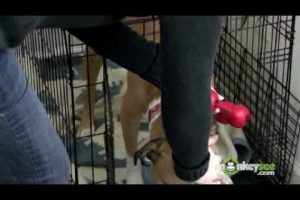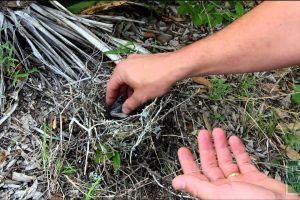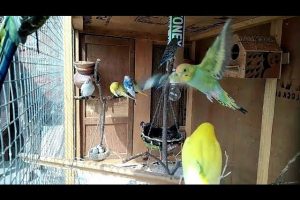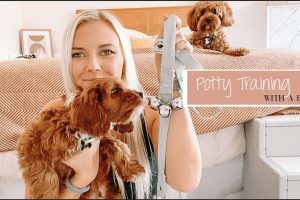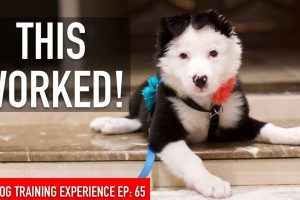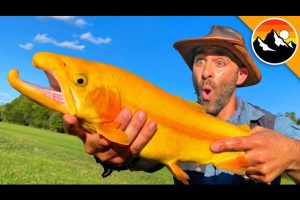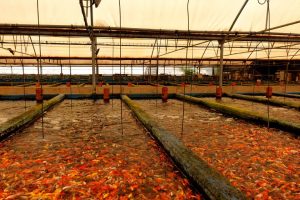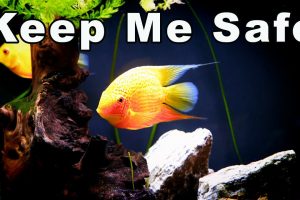Find more at http://www.bholashola.com
Download Our Android App: https://play.google.com/store/apps/details?id=com.bholashola.bholashola&hl=en
Download Our iOS iPhone App:
https://itunes.apple.com/in/app/bhola-shola/id1331711986
====== Social Links ==========
Facebook: http://www.facebook.com/bholashola
Twitter: https://twitter.com/bholashola
Instagram: https://www.instagram.com/bholashola/
Google Plus: https://plus.google.com/+bholashola
Pinterest: https://in.pinterest.com/bholashola/
LinkedIn: https://www.linkedin.com/company/bholashola
UC News: http://con.mp.ucweb.com/personal/index/2221e32ffcb3475cbb650a312d33410d
Pet Care is a pet awareness initiative by Harwinder Grewal. Who is a director of Bhola Shola Pet Services and Farm Private Limited. In his videos, you can get deep knowledge about pets in the Hindi Language. He also tells most of the hidden aspects of Dog Business and Pets Business.
The Labrador Retriever was bred to be both a friendly companion and a useful working dog breed. Historically, he earned his keep as a fisherman’s helper: hauling nets, fetching ropes, and retrieving fish from the chilly North Atlantic. Today’s Labrador Retriever is as good-natured and hard working as his ancestors, and he’s America’s most popular breed. These days the Lab works as a retriever for hunters, assistance dog to the handicapped, show competitor, and search and rescue dog, among other canine jobs
History
Labrador Retrievers hail from the island of Newfoundland, off the northeastern Atlantic coast of Canada. Originally called St. John’s dogs, after the capital city of Newfoundland, Labs served as companions and helpers to the local fishermen beginning in the 1700s. The dogs spent their days working alongside their owners, retrieving fish who had escaped hooks and towing in lines, and then returned home to spend the evening with the fishermen’s family. Although his heritage is unknown, many believe the St. John’s dog was interbred with the Newfoundland Dog and other small local water dogs. Outsiders noticed the dog’s usefulness and good disposition, and English sportsmen imported a few Labs to England to serve as retrievers for hunting. The second Earl of Malmesbury was one of the first, and had St. John’s dogs shipped to England sometime around 1830. The third Earl of Malmesbury was the first person to refer to the dogs as Labradors. Amazingly, Labs — now America’s most popular dog — were almost extinct by the 1880s, and the Malmesbury family and other English fans are credited with saving the breed. In Newfoundland, the breed disappeared because of government restrictions and tax laws. Families were allowed to keep no more than one dog, and owning a female was highly taxed, so girl puppies were culled from litters. In England, however, the breed survived, and the Kennel Club recognized the Labrador Retriever as a distinct breed in 1903. The American Kennel Club followed suit in 1917, and in the ’20s and ’30s, British Labs were imported to establish the breed in the U.S. The breed’s popularity really began to take off after World War II, and in 1991, the Labrador Retriever became the most popular dog registered with the American Kennel Club — and he’s held that distinction ever since. He also tops the list in Canada and England. Today, Labs work in drug and explosive detection, search and rescue, therapy, assistance to the handicapped, and as retrievers for hunters. They also excel in all forms of dog competitions: show, field, agility, and obedience.
Thanks for watching our video. Please like this video if you liked it. Also, subscribe to our channel here: https://www.youtube.com/BholaShola
View Original Source










